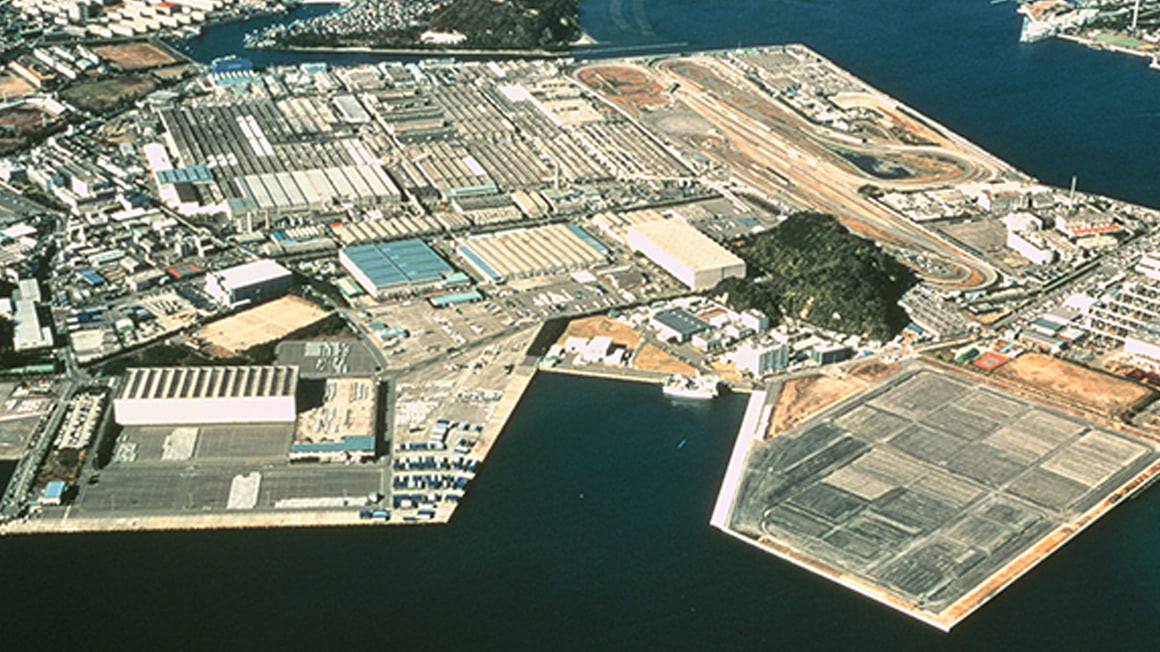Discover where the
mobility
of tomorrow
is created.
NISSAN MONOZUKURI Website
OUR MISSION
Welcome to NISSAN's Monozukuri website.
On this website and through actual Plant tours we show
"what it takes to build cars." Innovative design. Driving technology that excites.
Quality that assures peace of mind and safety.
Please come and see for yourself NISSAN's Monozukuri technology
and the dedication of all the people involved with NISSAN.
We have started online plant tours for elementary schools
across the country from 2020.
We're now on process of plant tours for adults. Please look forward to it.
HOW TO ENJOY NISSAN PLANT
NISSAN PLANT TOUR
-
on THE WEB
Have fun online
From your home, you can learn about the process of making a car and the features of a plant through Nissan's website. There is a lot of useful content before and after the tour!
-
at THE FACTORY
Go to a plant and have fun
We also offer tours for visitors, with limited numbers of people and as many safety measures as possible (some plants do not offer this service).
Domestic
production bases
Global
production bases
SIX PLANTS
Domestic production bases
-
Iwaki Plant (Engines)
Iwaki Plant
Iwaki City, Fukushima

This plant is a state-of-the-art production of engine with the highest level of automation and a computerized integrated production system.
During the tour, visitors can see the manufacturing process of VQ engines.
There is also a hands-on corner where visitors can touch the "karakuri" devices that have been devised and improved on the production line and are actually in use. - Tochigi plant
-
Yokohama plant (Engines, Motors)
Yokohama Plant (Engines, Motors)
Yokohama City, Kanagawa

This Plant was the place where Nissan Motor was founded and started operations in 1935 as the first integrated production plant in Japan.
Today, it is the main powertrain plant that produces engines, motors and suspensions. During the tour, you can see the engine assembly line, the guest hall and the Nissan Engine Museum. The building of the Nissan Engine Museum has been certified as a historical building by the city of Yokohama as it still retains the original appearance of the headquarters building from the time of its establishment. -
Oppama plant
Oppama Plant
Yokosuka City, Kanagawa

This is Nissan's mother plant, a leader in electrified vehicle production, having begun production of the world's first mass-produced electric vehicle (EV) and e-POWER.
As a plant leading the production of environmentally friendly electrified vehicles, it plays an important role in supporting the mobility of the future. -
Nissan Shatai Co., Ltd. Shonan Plant
Nissan Shatai Co., Ltd. Shonan Plant
Hiratsuka City, Kanagawa
-
Nissan Motor Kyushu Co., Ltd
Nissan Motor Kyushu Co., Ltd
Kyoto-gun, Fukuoka

NISSAN Motor Kyushu started production in 1975 as the first automobile plant in Kyushu. The momentous first car to be produced in Kyushu was the Datsun truck. Today, we deliver the cars we produce to customers all over the world, and we produce the largest number of cars of any NISSAN plant in Japan.
During the tour, you will be guided through the car body, painting, and assembly processes from a special tour passageway, through which you can see the impressive production process. There is also a dedicated wharf and finished car yard adjacent to the plant, which can be viewed from the dedicated walkway. We invite you to visit Nissan Motor Kyushu, which has everything from production processes to wharves for exporting vehicles overseas.
CONTRIBUTION TO SDGs
NISSAN's Commitment to SDGs
With the world's population expected to reach 9 billion by 2050, society is facing a variety of challenges such as climate change, poverty, and increasing urbanization.
To tackle these issues, the United Nations has adopted the Sustainable Development Goals (SDGs), and companies are playing an increasingly important role in achieving these goals.
In the automotive industry as well, we recognize that it is becoming more and more important to provide value to society by bringing safe, reliable and sustainable mobility to all people. Nissan endorses the SDGs and will contribute to the achievement of these targets.



